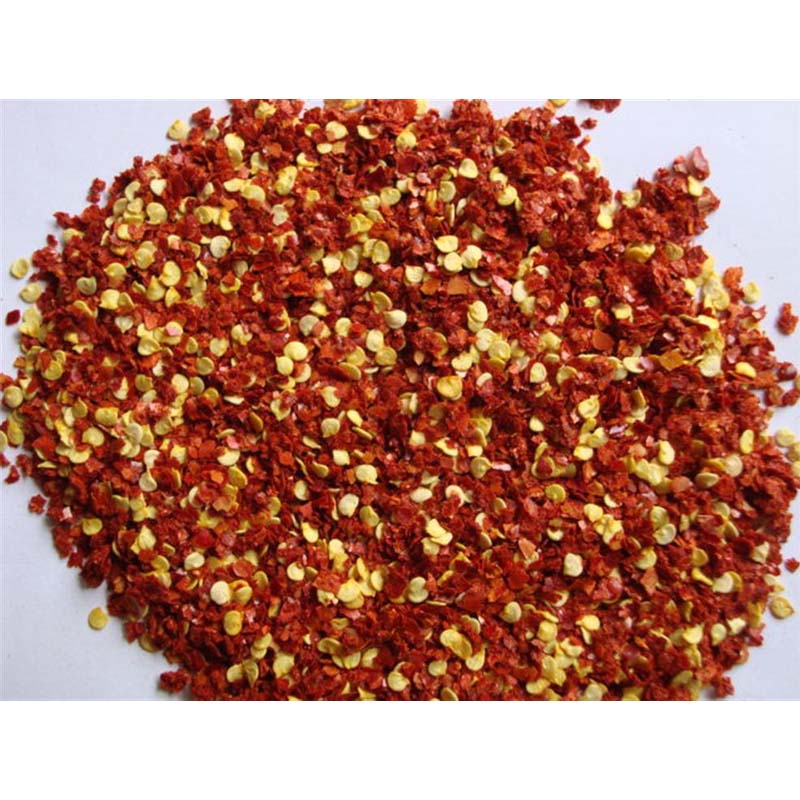- No. 268 Xianghe Street, Economic Development Zone of Xingtai city, Hebei 054001 China
- Byron@hbhongri.cn
the spice paprika
The Spice Paprika A Flavorful Journey Through Culture and Cuisine
Paprika, the vibrant red spice that graces countless dishes around the world, is much more than a simple seasoning. Its origins, varieties, and culinary uses reveal a rich tapestry of history and culture that spans continents and centuries. This article explores the fascinating world of paprika, a spice that enhances flavors and embodies the stories of the people who cultivate it.
The Origins of Paprika
Paprika finds its roots in the Americas, particularly in Central and South America, where it was derived from Capsicum annuum, a species of pepper. This spice was brought to Europe in the 16th century following Christopher Columbus’s voyages. It rapidly gained popularity among various cultures, particularly in Hungary and Spain, where it became an essential ingredient in local cuisines.
In Hungary, paprika reached its pinnacle of importance, evolving into numerous varieties such as sweet, hot, and smoked paprika. The Hungarian variety, known for its depth of flavor and bright red hue, has become a symbol of national pride and culinary identity. It plays a vital role in traditional dishes like goulash and pörkölt, elevating these meals with its rich, earthy aroma.
Varieties of Paprika
Paprika presents a diverse array of flavors and forms, each with its unique characteristics. The most common types of paprika include
1. Sweet Paprika Often used for coloring and mild flavoring, sweet paprika is popular in dishes that require a gentle touch. It adds a warm, slightly sweet flavor without the heat, making it versatile for various applications.
2. Hot Paprika This version offers a more intense heat and is commonly used in spicy dishes. It is integral to many recipes where a kick is desired, such as stews and spicy sausages.
3. Smoked Paprika Also known as pimentón in Spain, smoked paprika is made from peppers that are dried over an open flame. This process imparts a deep, smoky flavor that enhances dishes like paella, chorizo, and marinades.
4. Hungarian Paprika Hungary is renowned for producing a variety of paprika that is classified based on its flavor and processing methods. The range includes everything from sweet to extra hot, showcasing the versatility of this beloved spice.
the spice paprika

These varieties of paprika are not merely about heat or color; they each tell a story about the regional traditions and agricultural practices of the places where they are grown.
Culinary Uses of Paprika
Paprika is an incredibly versatile spice that can elevate a dish in numerous ways. Its uses extend across different cuisines, from European to Middle Eastern, and even into modern gourmet cooking. Here are some popular culinary applications
- Soups and Stews Paprika infuses depth into soups and stews, such as the classic Hungarian goulash or Spanish chorizo stew. It provides a robust foundation of flavor that complements various ingredients.
- Rubs and Marinades Many chefs utilize paprika in spice rubs for meats, enhancing the overall taste experience. Its vibrant color also adds visual appeal when grilling or roasting meats.
- Coloring Agent Beyond flavor, paprika is frequently used as a natural coloring agent in dishes like potato salad, deviled eggs, and rice dishes. Its striking hue makes it an attractive addition to any plate.
- Garnish A sprinkle of paprika on top of a dish, such as creamy soups or dips, adds aesthetic appeal while providing a whisper of flavor that tantalizes the palate.
Health Benefits of Paprika
Beyond its culinary charm, paprika also offers various health benefits. It is rich in antioxidants, particularly carotenoids, which can help combat oxidative stress in the body. Additionally, paprika has anti-inflammatory properties and is a good source of vitamins A, E, and C, contributing to overall well-being.
Conclusion
The spice paprika is a colorful and flavorful representation of cultural heritage and culinary traditions. From its origins in the Americas to its esteemed place in Hungarian kitchens, paprika transcends borders and unites people through the universal language of food. As you explore the diverse world of spices, let paprika be a reminder of the rich history and vibrant stories that come with every dish. Whether you prefer it sweet, hot, or smoked, paprika is sure to enhance your culinary creations and bring a taste of the world into your home.
-
Turmeric Rhizome Powder: A Golden Treasure from Roots to TableNewsJul.28,2025
-
The Versatile Application Of Crushed Red Hot Peppers: Lighting Up The Red Flames On The Dining TableNewsJul.28,2025
-
The Paprika: A Touch Of Vibrant Red In Color, Flavor, And CultureNewsJul.28,2025
-
Ground Turmeric: A Modern Examination of an Ancient SpiceNewsJul.28,2025
-
Capsicum Liquid Extract: Features, Applications, and ChallengesNewsJul.28,2025
-
Application of Capsicum Liquid Extract in FoodNewsJul.28,2025







